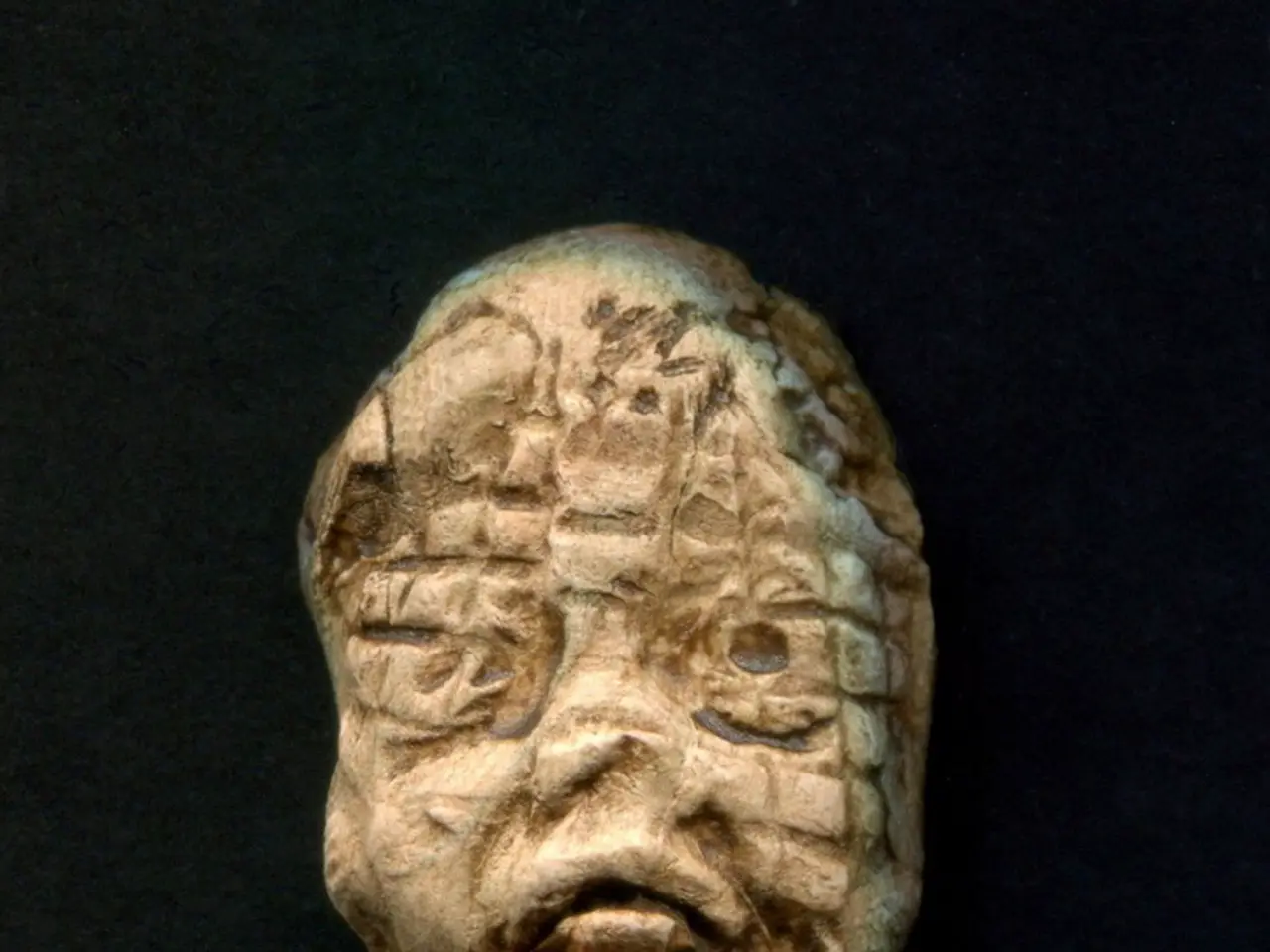Biology Basics: Understanding the Essential Distinctions Between Cells and Viruses
In the microscopic world, cells are the fundamental units of life, each performing complex functions and exhibiting intricate internal structures. Cells can be broadly categorised into two main types: prokaryotic and eukaryotic.
Prokaryotic cells, such as bacteria, are simpler in structure. They lack a nucleus and membrane-bound organelles, with their genetic material localised in a nucleoid region. In contrast, eukaryotic cells, which include our own human cells, possess a nucleus and numerous organelles like mitochondria and ribosomes that perform specific functions.
One key structural difference between these two types of cells is the composition of their DNA. Prokaryotic cells have circular DNA and may contain plasmids, while eukaryotic cells have multiple linear chromosomes located inside the nucleus.
When it comes to reproduction, prokaryotic cells reproduce asexually mainly by binary fission, a process where the circular chromosome replicates, and the cell divides into two genetically identical clones without mitosis. Eukaryotic cells, on the other hand, reproduce through more complex processes involving mitosis (for growth and maintenance) and meiosis (for sexual reproduction), which allow genetic recombination and diversity.
Viruses, however, are not cells. They are acellular entities that lack self-sufficiency and rely on host cells for their replication. Viruses have a protective protein coat called the capsid, and some viruses may also have an outer layer of lipids, called the envelope, which helps them attach to cells.
The core of a virus contains either DNA or RNA, which carries the instructions for making more viruses. Once inside a host cell, viruses hijack the cell's machinery to make copies of their genetic material. New virus particles are then assembled in the cytoplasm, where the virus's capsid proteins self-assemble around the genetic material.
One infected cell can quickly become a breeding ground for thousands of new viruses, leading to viral spread. This is particularly evident in the case of the SARS-CoV-2 virus, which causes COVID-19, a respiratory illness that can range from mild to severe, with symptoms including fever, cough, shortness of breath, and loss of taste or smell.
Inside cells, organelles like the endoplasmic reticulum, Golgi apparatus, lysosomes, mitochondria, and ribosomes work together to maintain cellular functions. For instance, the Golgi apparatus modifies and sends out proteins and other molecules, while lysosomes break down old or damaged cell parts and recycle them into new materials. Mitochondria, the powerhouses of the cell, produce energy, and ribosomes, the protein factories, make proteins essential for cellular processes.
In conclusion, understanding the differences between prokaryotic, eukaryotic, and viral structures and reproduction mechanisms provides valuable insights into the fundamental entities that govern life and disease.
In the realm of health and wellness, understanding the complexities of medical-conditions such as COVID-19 requires knowledge about the intricate structures of cells, particularly the differences between prokaryotic and eukaryotic cells. For those seeking education and self-development in this area, delving into science can reveal how various organelles within eukaryotic cells, like the Golgi apparatus and mitochondria, contribute to maintaining cellular functions and ensuring overall health.




